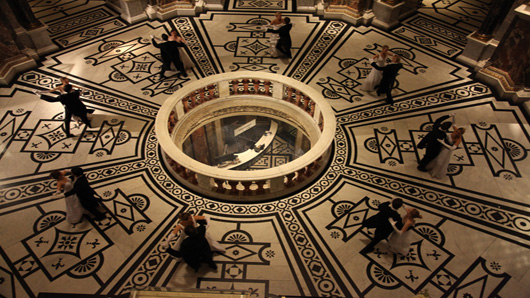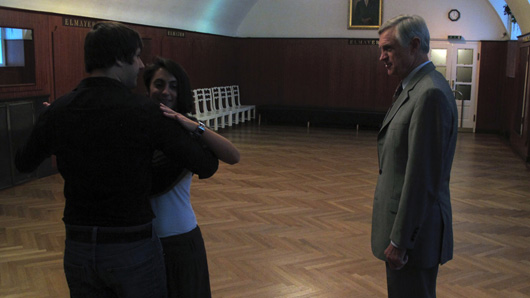Why was the Waltz forbidden?
And how did it change the course of European history?
In the Kunsthishistoriches Museum, there is a finely crafted violin created to play the infectious Waltz melodies of Vienna’s favorite son: Johann Strauss.
Today, we rarely dance the Waltz except to observe archaic traditions.
So you might think the Waltz is tame and boring and perhaps a bit snooty.
But the waltz was not invented in the royal courts. It was born in the streets. In the 18th century, when all of Europe was engulfed by war, the waltz was the new dance of the common people.
It was also considered to be outrageously sexual – so much so that it was branded the work of the Devil and banned from dance halls across Europe.
And yet… in the early 19th century, when European rulers tried to end the war, the Waltz would play a pivotal role during an important peace conference.
What made the Waltz so sexy? And how did it help Europe achieve peace?
All will be revealed in Museum Secrets: Inside the Kunsthistorisches Museum.




























